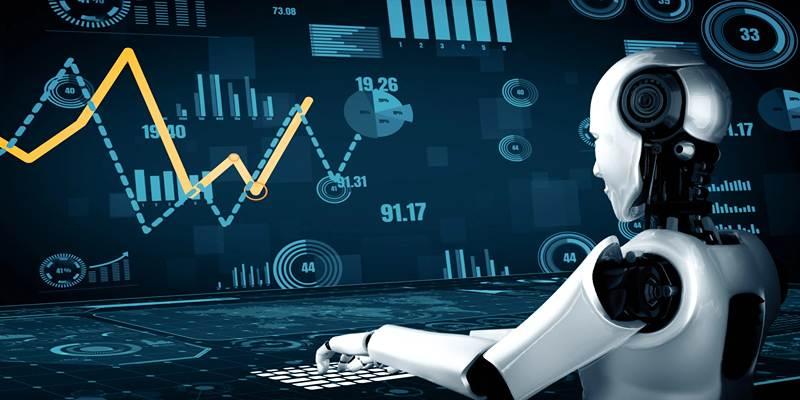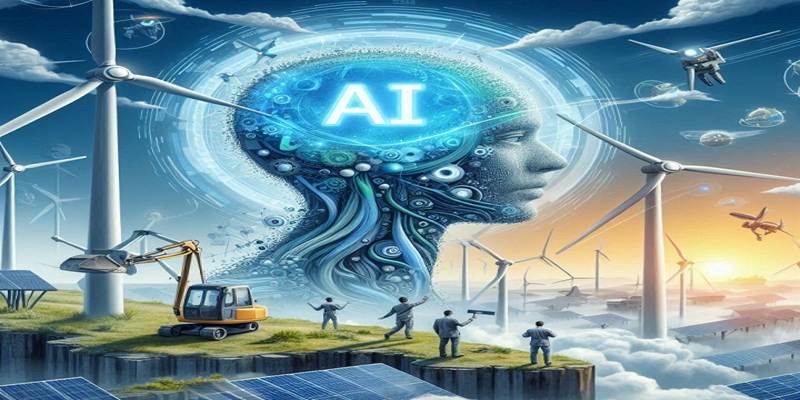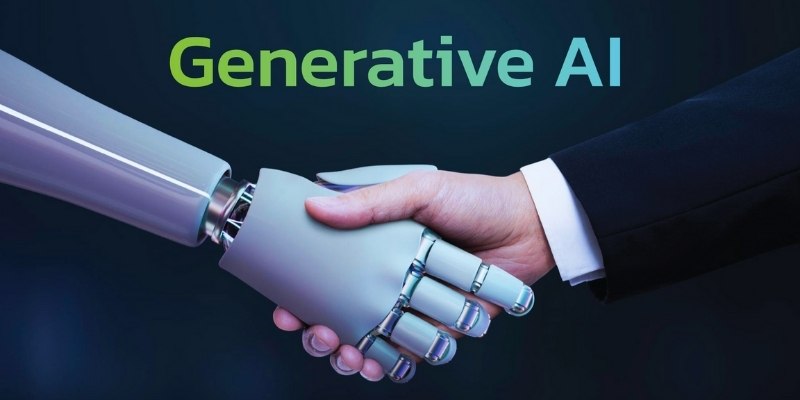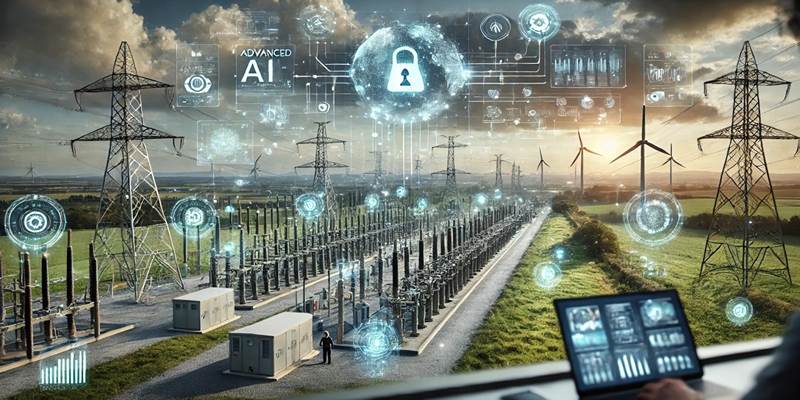Predicting demand correctly has always been a very important goal in the ever-changing world of energy management. Old ways of doing things aren't working anymore because the world needs more energy and wants to use better resources. Artificial Intelligence (AI) has become a key solution because it offers advanced ways to better analyze, predict, and control energy use.
AI in energy demand forecasting is not only reshaping the way energy providers plan for the future—it is also helping them strike a vital balance between supply and consumption. This post explores how AI is transforming energy forecasting, its practical applications, benefits, challenges, and future outlook.
Understanding Energy Demand Forecasting
Energy demand planning is the process of guessing how much energy people will use in the future by looking at past data, weather patterns, and how people usually use energy. With accurate forecasts, energy companies can make sure that there is never too much or too little power.
In the past, forecasting relied on static models, spreadsheets, and limited environmental factors. However, these conventional methods often fail to account for real-time fluctuations or unpredictable events. AI addresses these gaps with intelligent models that can learn, adapt, and improve continuously.
The Shift from Traditional to AI-Based Forecasting
Traditional forecasting models usually operate based on fixed patterns. They are heavily dependent on static data and tend to struggle with dynamic variables like sudden weather changes or population growth.
Machine learning algorithms in AI, on the other hand, look at huge amounts of organized and unstructured data. Patterns are found in these models that human researchers or old systems might miss. By integrating various data sources—such as weather reports, smart meters, traffic information, and consumer habits—AI can generate real-time, highly accurate predictions.
Key Benefits of AI in Energy Demand Forecasting

AI brings multiple advantages to energy forecasting, making it an essential tool for modern energy providers and smart grid systems.
Some of the most significant benefits include:
- Improved Accuracy: AI models continuously learn and refine their predictions based on new data.
- Real-Time Forecasting: Energy usage can be predicted minute-by-minute, allowing for better short-term planning.
- Reduction in Waste: Better forecasts mean less overproduction, helping to conserve energy and reduce costs.
- Integration with Renewables: AI can forecast the variable output of solar and wind energy, ensuring a smoother grid operation.
These benefits collectively support not only operational efficiency but also environmental sustainability.
How AI Forecasts Energy Demand
AI relies on machine learning techniques such as neural networks, regression models, and time-series analysis. These systems digest vast datasets from multiple channels:
- Smart Meters: Record household and industrial energy consumption in real time.
- Weather Sensors: Monitor temperature, humidity, wind, and sunlight, which influence energy usage.
- Market Signals: Analyze electricity pricing and peak demand periods.
- Behavioral Patterns: Track how people use energy across different times and seasons.
After analyzing this data, AI models generate demand forecasts that can range from a few hours to several weeks in advance. These forecasts help utilities plan energy generation, storage, and distribution more effectively.
AI and Balancing Energy Supply with Consumption
A consistent energy supply must match consumption needs. Imbalances can lead to serious problems—either power shortages or unnecessary generation costs.
AI systems help energy providers maintain this balance through:
- Load Forecasting: Predicting how much energy will be needed at a specific time.
- Demand Response Management: Adjusting supply based on real-time demand patterns.
- Automated Control: Triggering storage systems or backup power when demand rises suddenly.
With AI, even small-scale energy systems like microgrids can become more responsive and efficient.
Supporting Renewable Energy Integration
Renewable energy is a key part of the global strategy to reduce carbon emissions. However, the unpredictable nature of renewables makes forecasting difficult.
AI plays a critical role in managing this variability. For instance:
- Solar Forecasting: AI analyzes satellite images and weather data to predict solar panel output.
- Wind Forecasting: AI models estimate wind power production by tracking wind speed, direction, and air pressure.
- Battery Storage Optimization: AI determines the best times to charge or discharge batteries based on usage predictions.
These applications help stabilize grids while promoting cleaner energy sources.
Types of AI Models Used in Energy Forecasting
Several AI techniques are used depending on the goal of the forecasting model. These models can be trained to predict demand for the next hour, day, week, or even longer.
Popular AI models include:
- Artificial Neural Networks (ANN): These models are good at finding hidden patterns in data. They’re widely used in load forecasting.
- Support Vector Machines (SVM): SVMs are used for both classification and regression problems in energy data.
- Decision Trees and Random Forests: These are useful for predicting demand based on multiple variables like weather, time of day, and location.
Each model has its strengths. Energy companies often test different models to see which one works best for their specific needs.
Real-World Applications of AI in Forecasting

Many companies and governments around the world have already adopted AI for energy demand forecasting.
- Google DeepMind partnered with the UK’s National Grid to enhance forecasting accuracy, potentially saving millions annually.
- India’s Power Grid Corporation uses AI to predict rural and urban electricity needs, helping reduce blackouts.
- Siemens integrates AI into its smart grid platforms for real-time load management and energy distribution.
These examples highlight AI’s effectiveness across different geographical and infrastructural contexts.
Conclusion
Artificial Intelligence is transforming the energy industry by enhancing the accuracy and speed of demand forecasting. Through real-time analysis and intelligent pattern recognition, AI enables energy providers to optimize production, prevent waste, and better integrate renewable sources. While challenges like cost and privacy remain, the long-term potential is immense. By adopting AI-driven forecasting systems, energy companies can not only improve operational efficiency but also contribute meaningfully to a more sustainable and resilient future.











